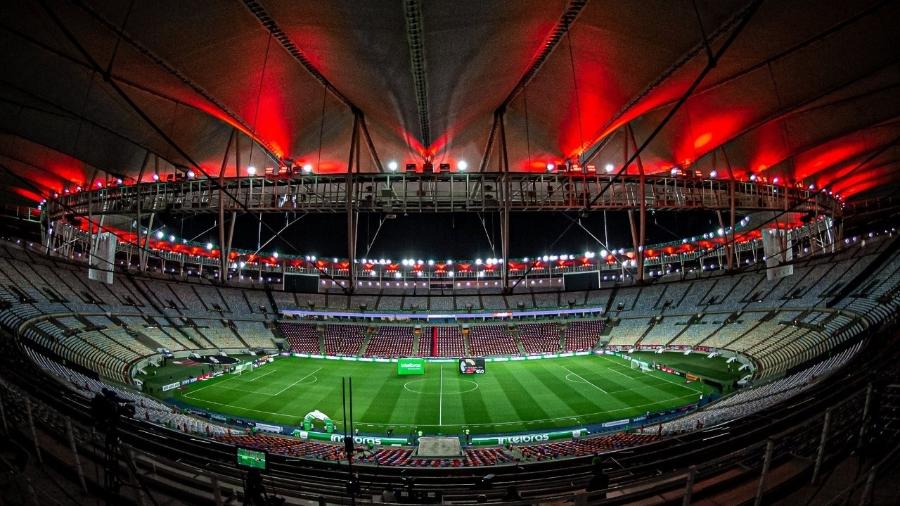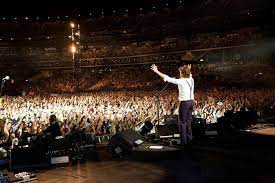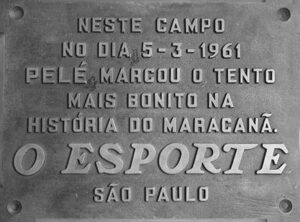“Maracanã: The Concrete Giant and its Memorable Stories”

The Maracanã Stadium is much more than just a place where soccer matches take place. It is a true institution, an icon of Brazilian and world sport. Located in the city of Rio de Janeiro, the Maracanã has a rich history full of fascinating curiosities.
Concrete Giant: Opened in 1950 to host that year’s World Cup, Maracanã was initially designed to accommodate up to 200,000 spectators, becoming the largest stadium in the world at the time.
Stage of Great Moments:

The Maracanã has been the scene of countless historic moments in world soccer. Perhaps the most famous of these was the 1950 World Cup final, in which Uruguay surprised Brazil and won the title in front of a crowd of shocked fans.
Memorable concerts:

As well as soccer, the Maracanã has also hosted some of Brazil’s biggest concerts and events. Renowned artists such as Paul McCartney, Madonna, the Rolling Stones and many others have performed at the stadium, leaving an indelible mark on the country’s cultural memory.
Where the “Gol de Placa”

One of the most striking features of Maracanã is its pitch, which has been the scene of countless historic goals. It was in this stadium that the famous “Gol de Placa” was scored for the first time.
Transformations and reforms
Over the decades, Maracanã has undergone several renovations and renovations to keep it modern and safe. One of the most significant was the one held for the 2014 World Cup, in which the stadium was completely modernized, receiving new coverage and infrastructure.
Olympic legacy
I
In addition to hosting the final of the men’s football tournament and the opening and closing ceremonies of the 2016 Olympic Games, Maracanã was also the stage for exciting athletics and rugby competitions.
The Maracanã Stadium is not only a venue for sporting and cultural events, but also a symbol of the Brazilian people’s passion for football.
Getting to Maracanã Stadium is relatively easy, as it is located in a central area of Rio de Janeiro. Here are some common ways to get there:
Public transportation
Rio de Janeiro’s public transport system offers several options for getting to Maracanã.
You can use the metro and get off at Maracanã station, which is just a few steps from the stadium.
In addition, buses that serve the region with several lines passing close to the stadium.
Cab or Transportation Apps:

If you prefer a more direct and convenient option, you can take a taxi or use transport apps like Uber or 99 to get to Maracanã.
Private vehicle
If you are driving, there are parking lots close to the stadium, but it is important to be aware that traffic can be congested on game days or events, but regardless of the means of transport chosen, it is always a good idea to check it, especially on busy days at the stadium. .
.
Nearest police station







Um comentário sobre ““Maracanã: The Concrete Giant and its Memorable Stories””